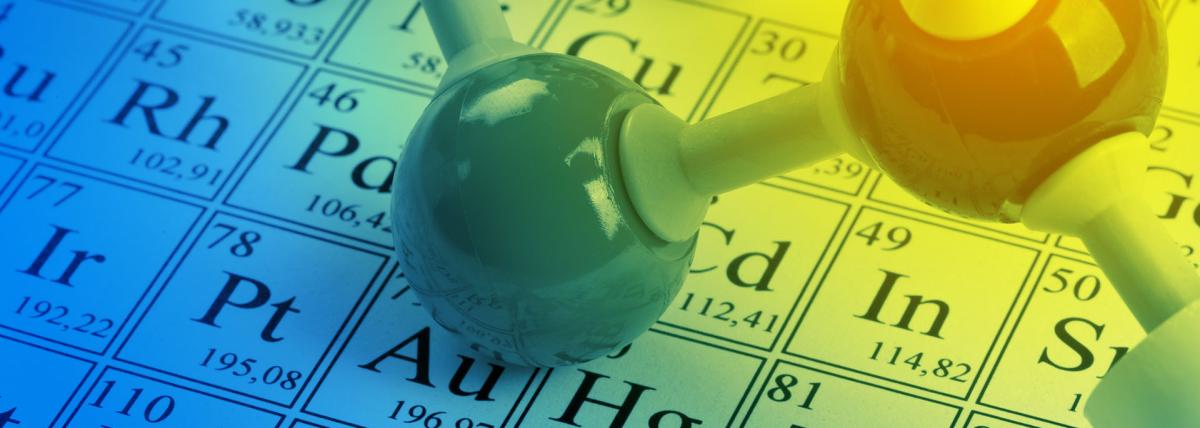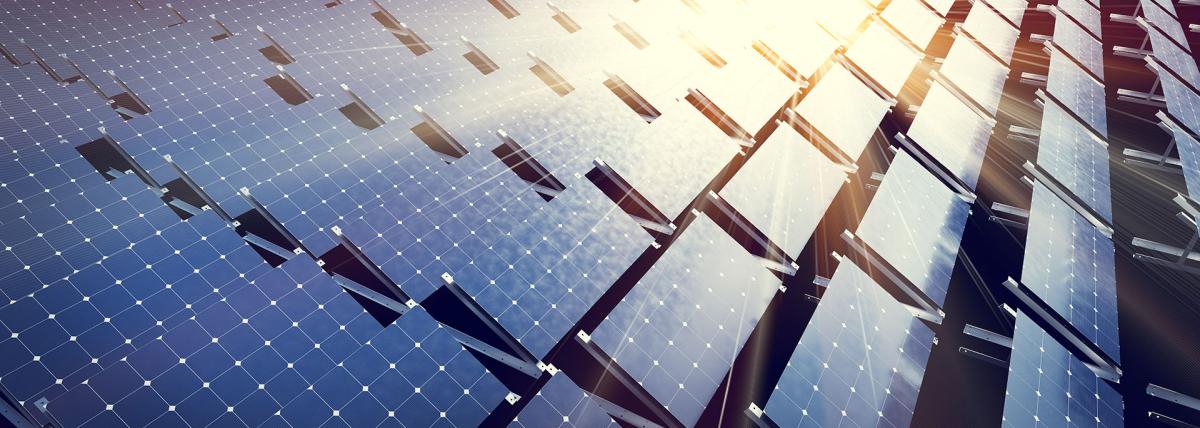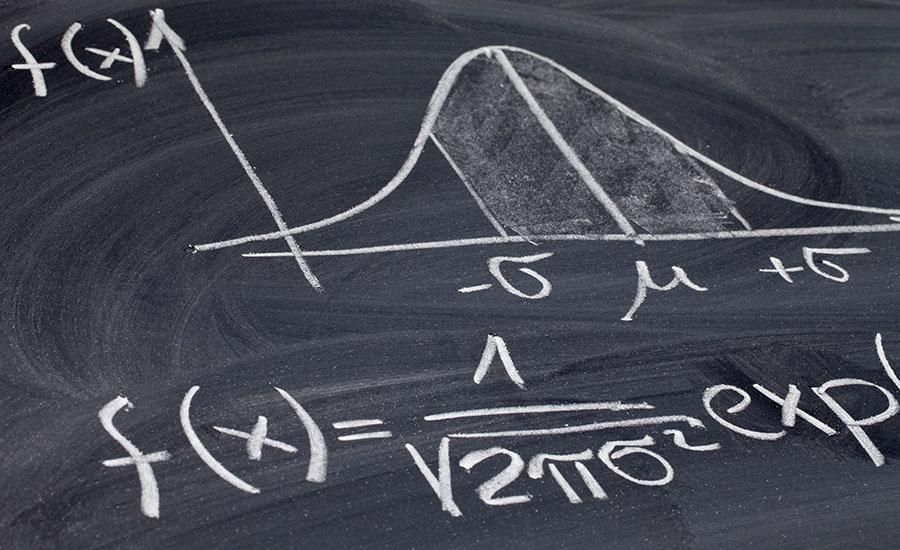
Electrons and Light Part 2
by Laura Winder
After learning about emission spectra, electron energy levels, orbitals and configurations, and periodic trends for atomic radius and ionization energy; this is concluding activity that require students to create a model to connect all these ideas in response to a prompt about emission spectra. They must construct an argument and back up their claim with evidence.
Lesson Plan Link/URL
https://docs.google.com/presentation/d/1eY-h5h0kzq7DnjIqC1rie1flv60rRKJ_/edit?u…Related Content

Grades:
9th Grade, 10th Grade, 11th Grade, 12th Grade
Students who have been studying logarithms can apply them using a chemistry lab to discover the pH of acetic acid (white vinegar) and even compare this to other acids.

Grades:
9th Grade, 10th Grade
This lesson plan focuses around 4 key topics, with activities for each. The plan covers renewable energy, solar energy, why solar energy is important, and what the children can do to conserve energy

Grades:
9th Grade, 10th Grade, 11th Grade, 12th Grade
This lesson uses a Modeling Instruction approach to developing the graphical and mathematical relationship commonly known as Newton's 2nd Law for students in Grades 9-12. Students design an experiment